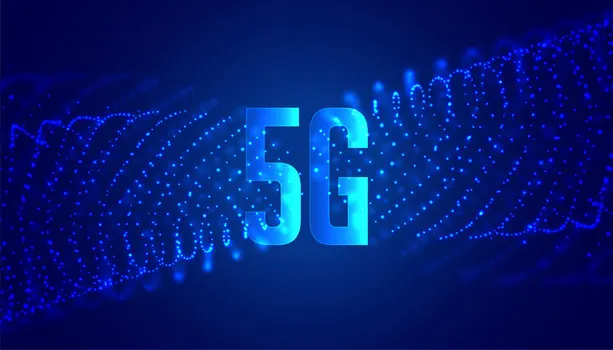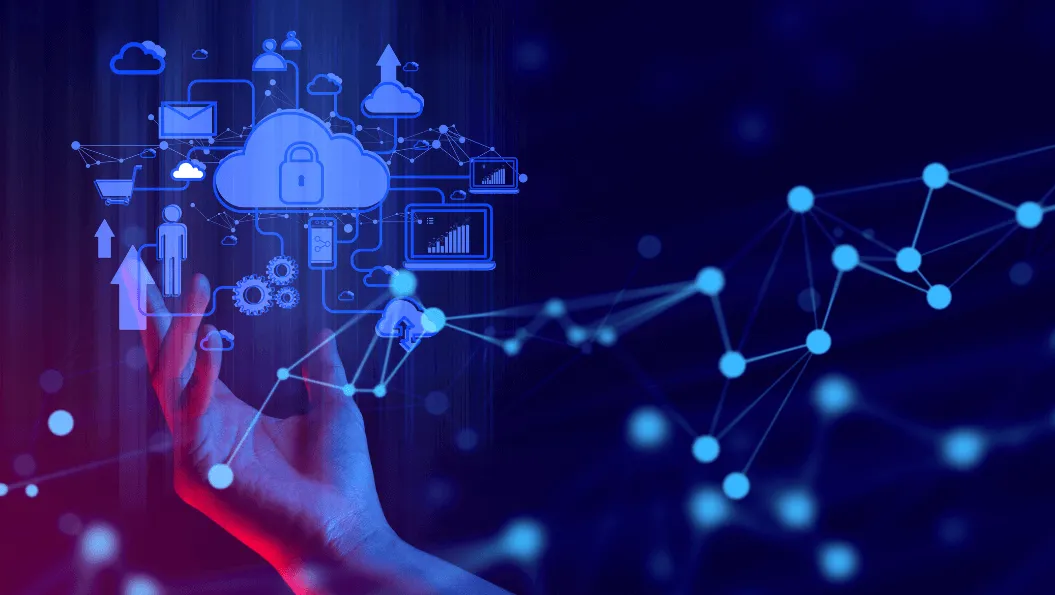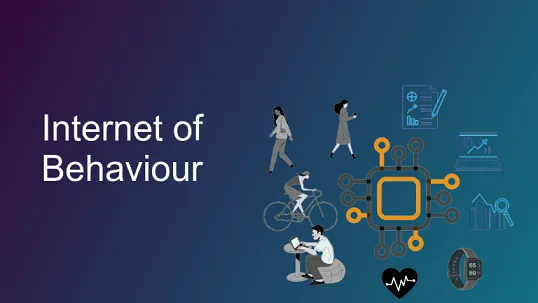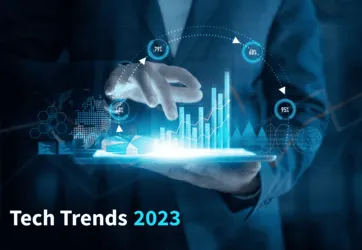Wireless connectivity has come a long way since it was first introduced to the world in the 1980s. Just to compare, 4G alone is thousands of times faster than the speeds of the first wireless generation, and 5G Ultra-Wideband can provide speeds considerably faster than 4G. The 5G revolution is coming fast, and it’s ready to change the world for the better.
Understanding 5G Technology: Key Features and Benefits
5G is the 5th generation mobile network. It is a new global wireless standard after 1G, 2G, 3G, and 4G networks. 5G enables a new kind of network that is designed to connect virtually everyone and everything together including machines, objects, and devices.
The 5G network will also simplify mobility, with seamless open roaming capabilities between cellular and Wi-Fi access. Mobile users can stay connected as they move between outdoor wireless connections and wireless networks inside buildings without user intervention or the need for users to reauthenticate.
5G wireless technology is meant to deliver higher multi-Gbps peak data speeds, ultra-low latency, more reliability, massive network capacity, increased availability, and a more uniform user experience to more users. Higher performance and improved efficiency empower new user experiences and connects new industries.
The 5G Revolution and Business
While business and technology go hand-in-hand, the 5G revolution could also play a key role in the evolution of global business. As more countries roll out 5G networks, global business opportunities could grow exponentially, leading to new possibilities in products and services with the potential for an increase in productivity as well. The modern business world has shifted a great deal in the last year, and many businesses have become more familiarized with working with technology from outside of the office. With many businesspeople learning these remote working skills, the transition to working wirelessly with other offices in other parts of the world may become less of a foreign concept and more vital to success. 5G can further facilitate global connections by providing high speeds for secure video conferences and messaging.
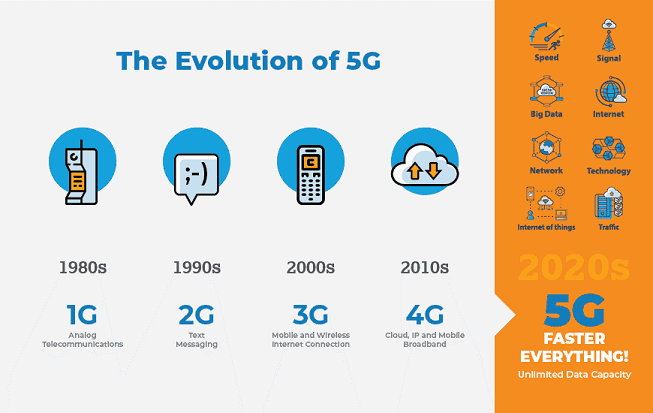
Public safety and business are only two of the many industries that will be affected by the 5G revolution. With higher speeds in wireless communication, opportunities for innovation will only continue to grow as we learn to utilize the power of 5G.
Working of 5G Technology
5G technology will introduce advances throughout network architecture. 5G New Radio, the global standard for a more capable 5G wireless air interface, will cover spectrums not used in 4G. New antennas will incorporate technology known as massive MIMO (multiple input, multiple output), which enables multiple transmitters and receivers to transfer more data at the same time. But 5G technology is not limited to the new radio spectrum. It is designed to support a converged, heterogeneous network combining licensed and unlicensed wireless technologies. This will add bandwidth available for users.
5G architectures will be software-defined platforms, in which networking functionality is managed through software rather than hardware. Advancements in virtualization, cloud-based technologies, and IT and business process automation enable 5G architecture to be agile and flexible and to provide anytime, anywhere user access. 5G networks can create software-defined subnetwork constructs known as network slices. These slices enable network administrators to dictate network functionality based on users and devices.
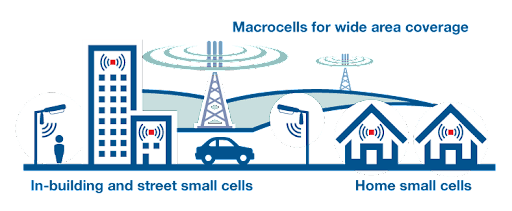
5G also enhances digital experiences through machine-learning (ML)-enabled automation. Demand for response times within fractions of a second (such as those for self-driving cars) require 5G networks to enlist automation with ML and, eventually, deep learning and artificial intelligence (AI). Automated provisioning and proactive management of traffic and services will reduce infrastructure cost and enhance the connected experience.
5G technology is driven by 8 specification requirements
- Up to 10Gbps data rate - > 10 to 100x speed improvement over 4G and 4.5G networks
- 1-millisecond latency
- 1000x bandwidth per unit area
- Up to 100x number of connected devices per unit area (compared with 4G LTE)
- 99.999% availability
- 100% coverage
- 90% reduction in network energy usage
- Up to 10-year battery life for low power IoT device
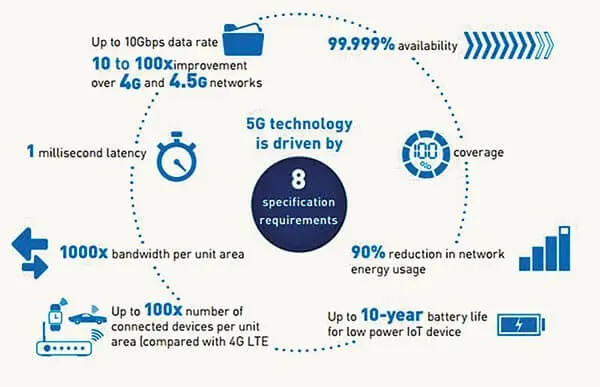
How fast is 5G?
5G speed tops out at 10 gigabits per second (Gbps).
5G is 10 to x100 faster than what you can get with 4G.
What makes 5G faster? Good question!
According to communication principles, the shorter the frequency, the larger the bandwidth.
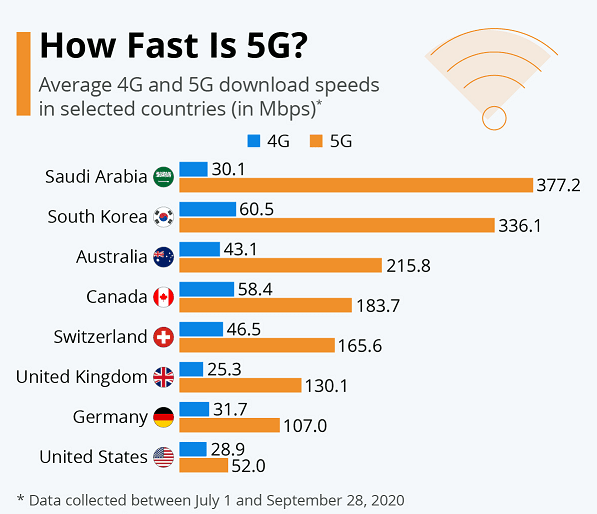
The use of shorter frequencies (millimetre waves between 30GHz and 300GHz) for 5G networks is why 5G can be faster. This high-band 5G spectrum provides the expected boost not only in speed but also in capacity, low latency, and quality.
However,5G download speed may differ widely by area
According to the February 2020 issue of Fortune Magazine, average 5G speed measures done in Q3/Q4 2019 range from:
- 220 megabytes per second (Mbps) in Las Vegas
- 350 in New York
- 380 in Los Angeles
- 450 in Dallas
- 550 in Chicago
- Over 950 in Minneapolis and Providence approximatively
That's 10 to 50 times more than 4G LTE.
What is 5G capable of?
5G will do much more than significantly improve your network connection. It provides new opportunities, enabling us to deliver ground breaking solutions that reach across society.
Imagine billions of connected devices gathering and sharing information in real time to reduce road accidents; or life-saving applications that can take flight thanks to lag-free guaranteed connections; or production lines so predictive they can prevent interruptions well before they occur.
There’s no need to imagine. We are making it happen.
Benefits
Speed Upgrades: Each wireless network generation has reflected a significant increase in speed, and the benefits of 5G—the fifth generation of cellular network technology—will push far beyond 4G LTE.
Lower latency: Latency is the gap of time between when a data packet is sent and when it is received and acknowledged. High latency results in noticeable lag, something that has always been present in our network connections.
Greater number of connected devices: With 5G the number of devices that can be connected to the network increases greatly, it will go to millionaire scale per square kilo meter.
Network slicing: The 5G also allows to implement virtual networks (network slicing), create subnets, in order to provide connectivity more adjusted to specific needs.
Availability and Coverage: While consumers and businesses are eager to experience the benefits of 5G for themselves, availability of 5G coverage is still limited. Today, all major US cellular carriers are deploying 5G networks in major cities as they prepare for wider rollouts.
Conclusion
5G could lead to innovative solutions in energy production, transmission, distribution, and usage. It is also expected to unleash the next wave of smart grid features and efficiency. With more connected smart grids, energy management will become more efficient, reducing electricity peaks and energy costs overall.
Read more blogs here
